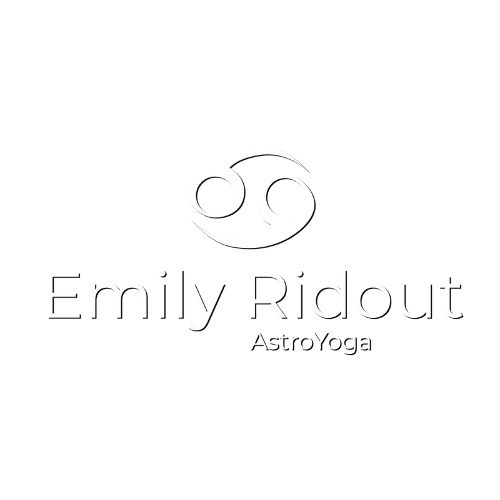Happy April; happy Easter; happy April Fool’s.
There are few holidays that invite as much mischief and as much glee as April Fool’s Day.
In my mind, I have an ongoing list of my favorite pranks I’ve heard of, seen, or participated in. These pranks come from a long standing tradition. While scholars don't agree on the origin of this holiday (some say it comes from the switch from the Julian to the Gregorian calendar, wherein those still celebrating the new year on April 1 were thought to be fools; and some say it is the modern iteration of a Greco-Roman holiday called Hilaria), they all agree that the holiday has taken place for thousands of years.
This holiday has its beginnings in the West, and as such, draws up the western esoteric imagery of the Fool.
The Fool has links to astrology and yoga, and the Fool is a key concept to understand as we travel on our yogic paths.
I know some yoga/astrology lovers set out to understand the tarot and feel stuck. Perhaps the images seem too obscure or it seems too random.
But I assure you that the imagery in the Fool, while obscure at first, points to larger truths that come into play in every aspect of our lives. Perhaps this is why the Greco-Romans placed the Fool at the beginning of their year.
A little background on the Fool:
The Fool is the being in the Tarot is key 0. This key is meant to be present, among, and between every card in the deck because the Fool (who is androgynous) represents pure spirit.
The Fool is happy, content, self-contained. S/he lacks nothing, needs nothing, and is driven not by the desire of whim or aversion, but by the true desire of the Soul (this is represented by the white rose in the image).
Some of my favorite thoughts on the tarot come from the transcribed teachings of Jason C. Lotterhand. In his class on the Fool, he says, “The Life Power creates polarities but it does not reside there. It resides in unity.” He’s speaking about the Fool as the aspect of pure spirit that not only resides in everything, it is everything. This point is particularly important because it is the central theme that links tarot, astrology, and yoga.
In yoga we speak about non-dualism. Non-dualistic philosophies simply imply that things are one. Although we look at each other and we see bodies, personalities, story constructs of reality, yogic philosophy holds that the very truth of reality is that everything is connected to a universal source: call it Life Force, God, the Tao, Shiva Shakti, or anything you want.
This connection to the immutable within ourselves is what yoga is about. Ultimately, a yoga practice is supposed to tie (or yoke—the root meaning of yoga) your changeable body to your unchangeable spirit.
In the same way, astrology is meant to show your changeable and specific personality with the universality of the astrology wheel (which encompasses all astrology charts).
The Fool is an excellent metaphor to help us reflect on the true reason for all of our very specific practices.
The Fool reminds us, as Jason C. Lotterman put it “We live in a universe in which every point contains the entire potential of the divine, the Life Power.”
If you’re interested in more philosophy. I’m giving a talk on the philosophy of yoga on May 6 in Eugene, Oregon at Mudra Yoga. Sign up here.


